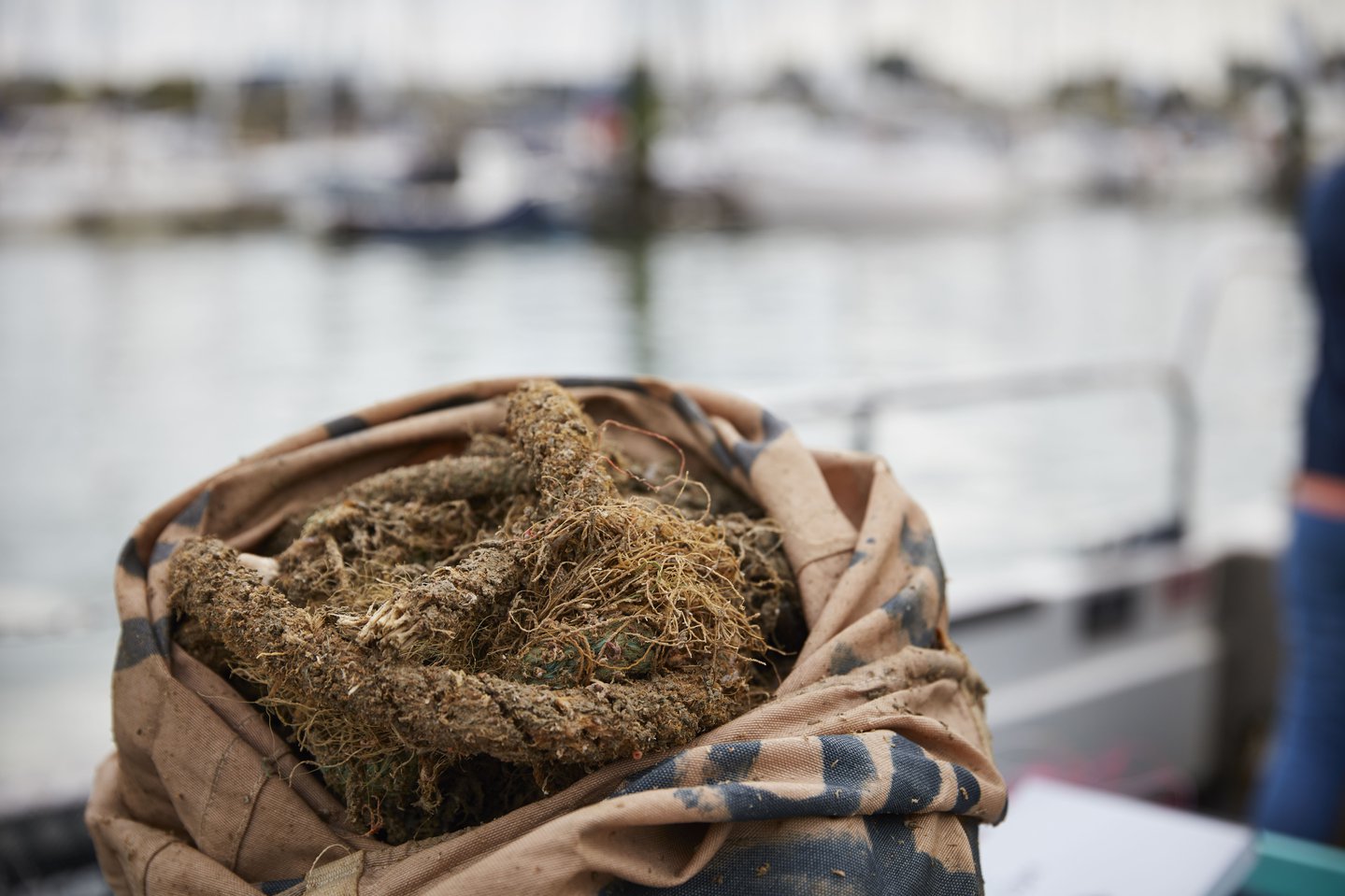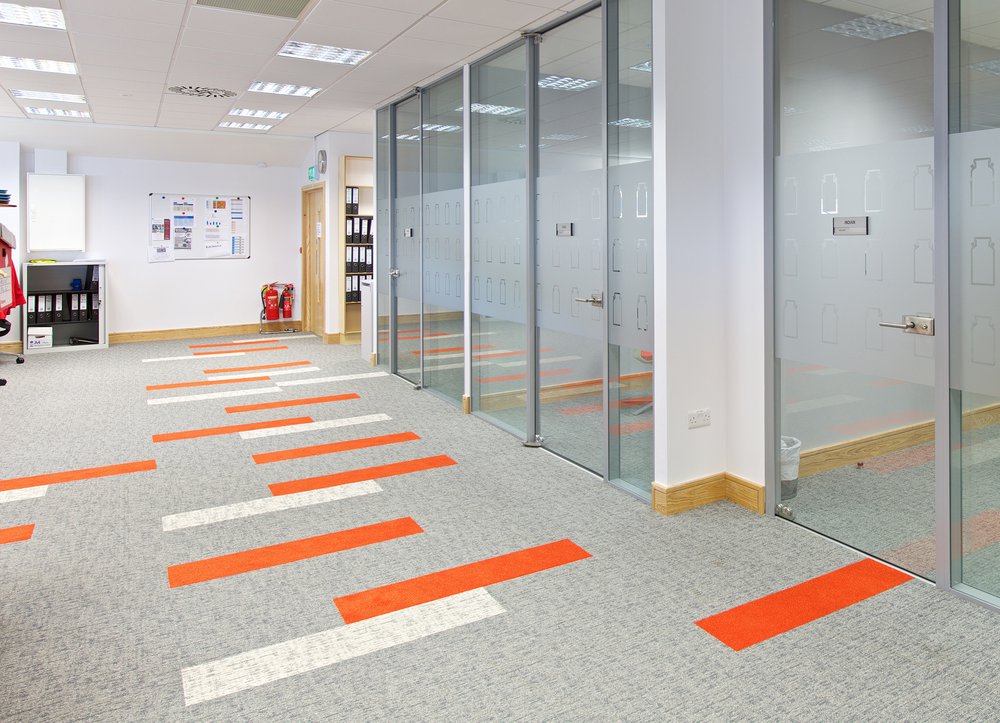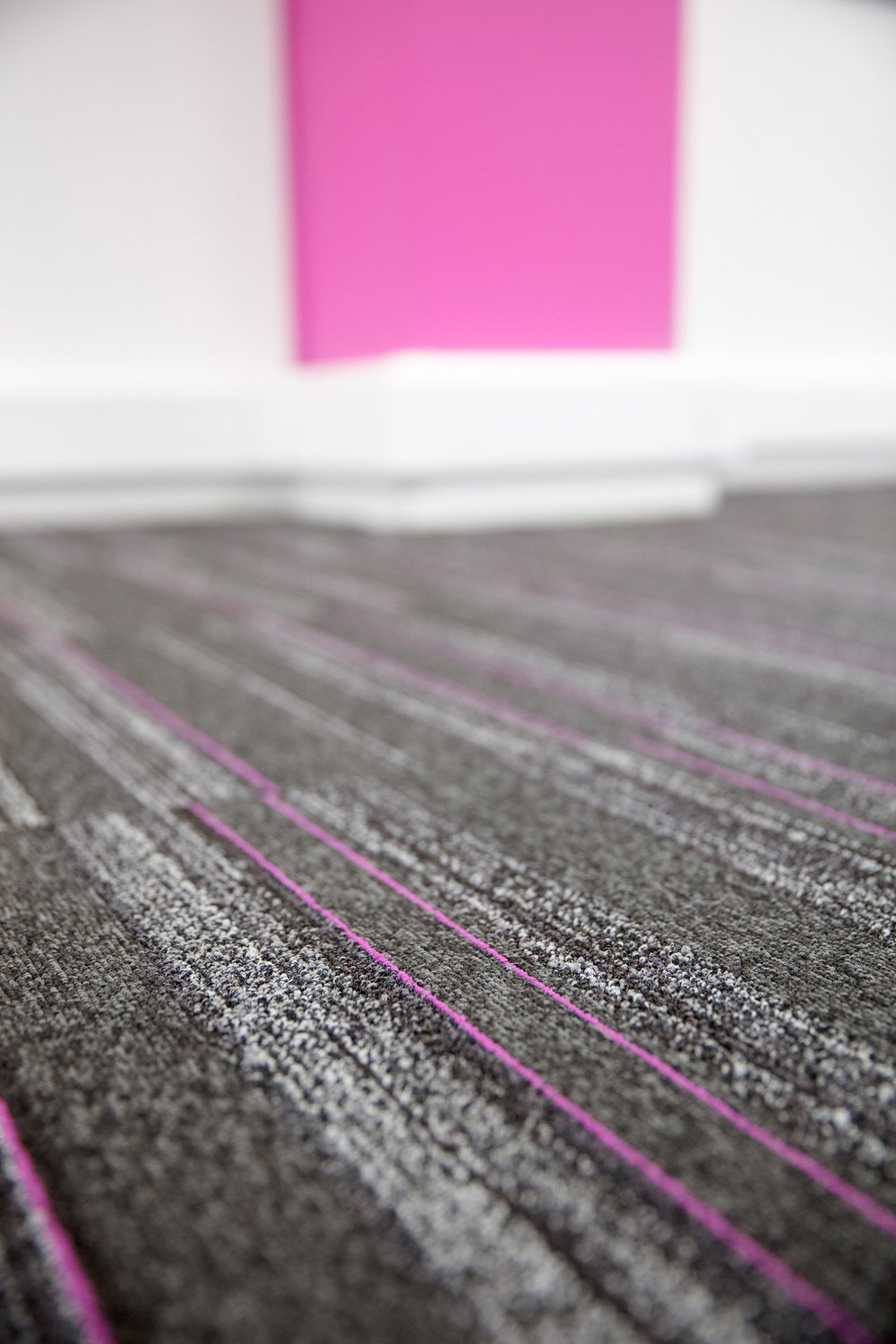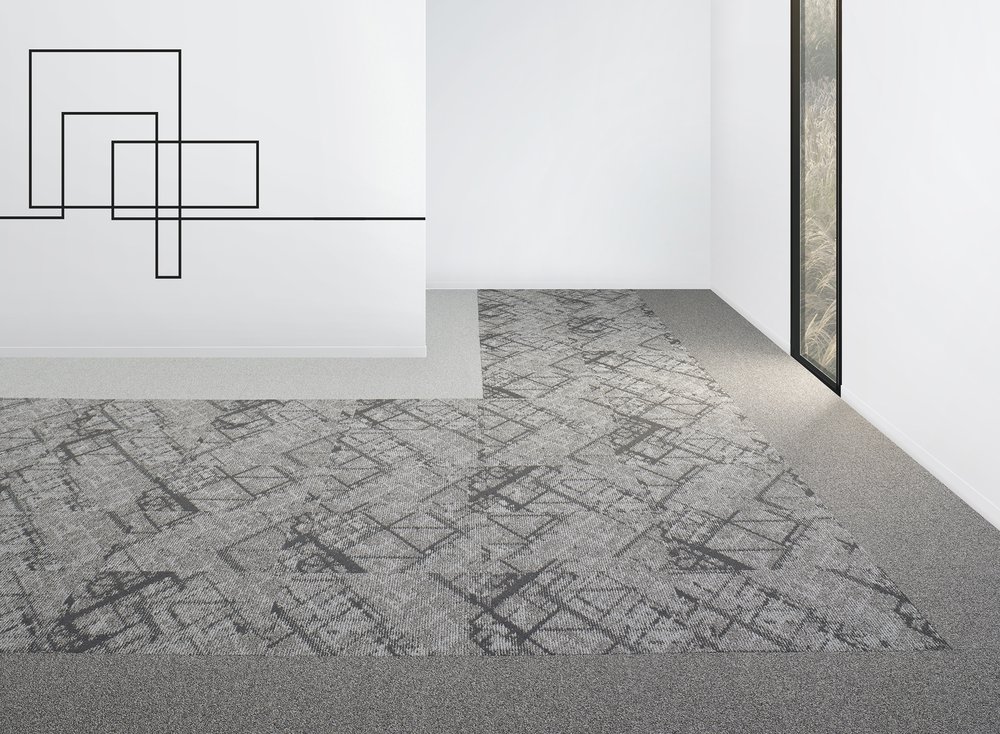
With even the most commonly used everyday objects (such as your mobile phone, for instance) many would be pushed to offer more insight than the broad material groups, such as metal, glass and plastic, which make up the majority of the product in question.
As a designer, one might suggest more specific detail; aluminium or polycarbonate, but how many would specify zinc, copper, magnesium or indium tin oxide?
True, it can be argued that such information isn’t overly important when it comes to assessing a product’s functionality, and even to some degree, its aesthetic. But with the discernible damage of mass industrial manufacturing clearly visible to even the most simple of orange-faced buffoons (well, nearly), and at a time when the debate of how to use our natural resources has come sharply into focus, it is perhaps more important now than ever that we consider how the materials that make up our products and surfaces are made, and quite importantly, what goes into them. As part of our ongoing Re-use / Re-life season, we explore a material conversion that is making a splash in the world of yarn.
Carpet offers a primary example of a surface product that one might not immediately be able to identify the material content within.
Whilst all carpets have a fairly obvious woven fibrous construction, the materials in question can easily remain unnoticed or overlooked. Polypropylene, nylon and polyester are but a few of the standard synthetic yarns used in the manufacture of commercial grade carpets, whilst wool is still a common natural fibre utilised in producing broadloom carpets.
The polymers used in the former have always been synthetically manufactured for the purpose of creating durable yarns that are fit for purpose in relation to their potential application, which – more often than not – includes high-traffic environments.
But the effect that the abundant plastics are having on the planet when they convert from offering a discernible function to instead being useless and a waste material is now undeniable.
News of plastic content found in fish sold at our supermarkets, as a result of prolonged polymer pollution in our oceans, has helped to fuel a movement of more conscious manufacturers.
This movement falls more in line with the expectations of consumers for whom the continued creation of polymers has slowly become something they are prepared to question, and perhaps even challenge, through their purchasing choices.


The sheer volume of plastic in the oceans itself has however offered a new alternative in the creation of polymer-based products. The core idea is simple and begins with a basic set of questions: is there a need for plastic in producing our consumables when there is a copious volume of it bobbing around in the sea? Why can’t it be reused? Would the re-harvesting of such a material be financially and environmentally beneficial?
We’ve seen collaborative projects between sea plastic interceptors Parley for the Ocean and G-Star, and Adidas offers high-impact PR for the reuse of sea plastic with celebrity endorsers including Pharrell Williams helping to create coveted high street fashion from recycled plastic yarns.
And in the world of interiors modulyss became an associate partner member of Healthy Seas to harvest discarded fishing nets (known as ghost nets), giving it a new life as regenerated nylon yarn that is then used in the construction of its carpet tiles.

As there are an estimated 640,000 tonnes of “ghost nets” abandoned in our ocean every year, Healthy Seas® has seen the great potential in producing new product from them. Healthy Seas® makes sure that those fishing nets get recycled into the ECONYL® yarn by co-founder Aquafil. Teaming up with the Healthy Seas® initiative, modulyss have already helped to rehome hundreds of tonnes of fishing nets from the sea in the form of carpet tiles.
During last year’s clean-up mission at the North Sea, 300 kg of old fishing nets were collected over the course of two dives, enough for around 500 m² of carpet tiles. With a large part of its product portfolio already utilising ECONYL® fibres, the future looks bright – the thought that the carpet underfoot not only looks great and will last, but will also help in the long process of cleaning up our polluted seas and oceans, is certainly a reassuring one.